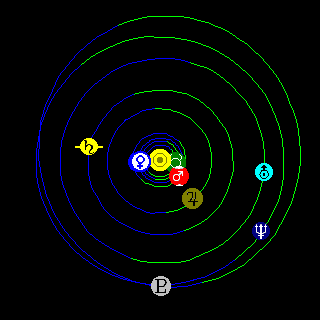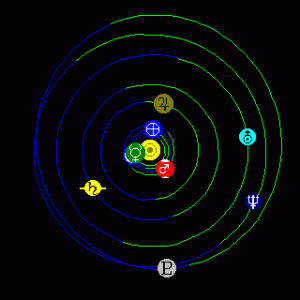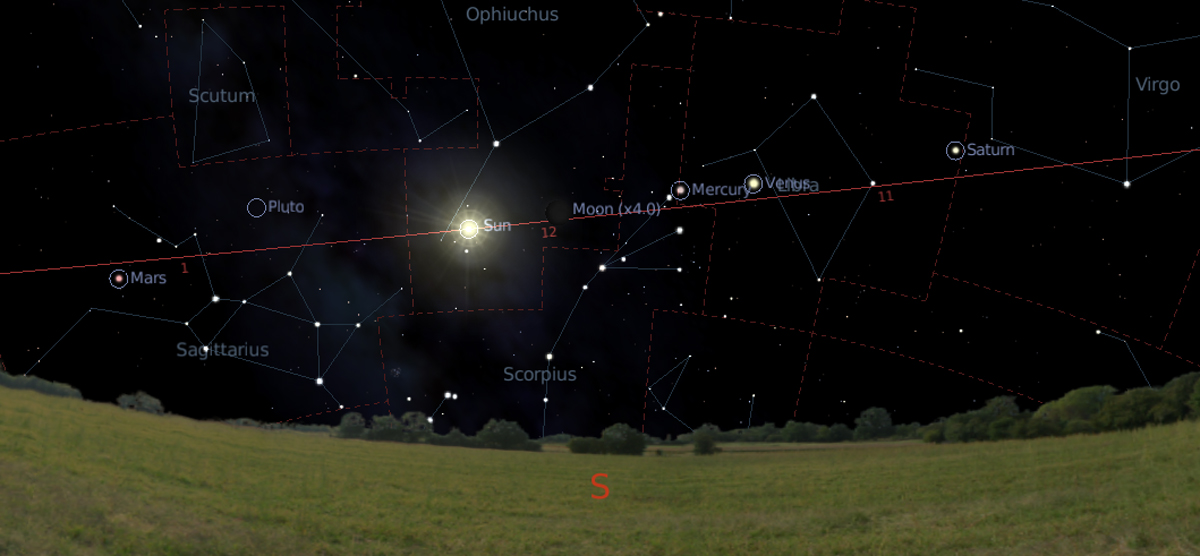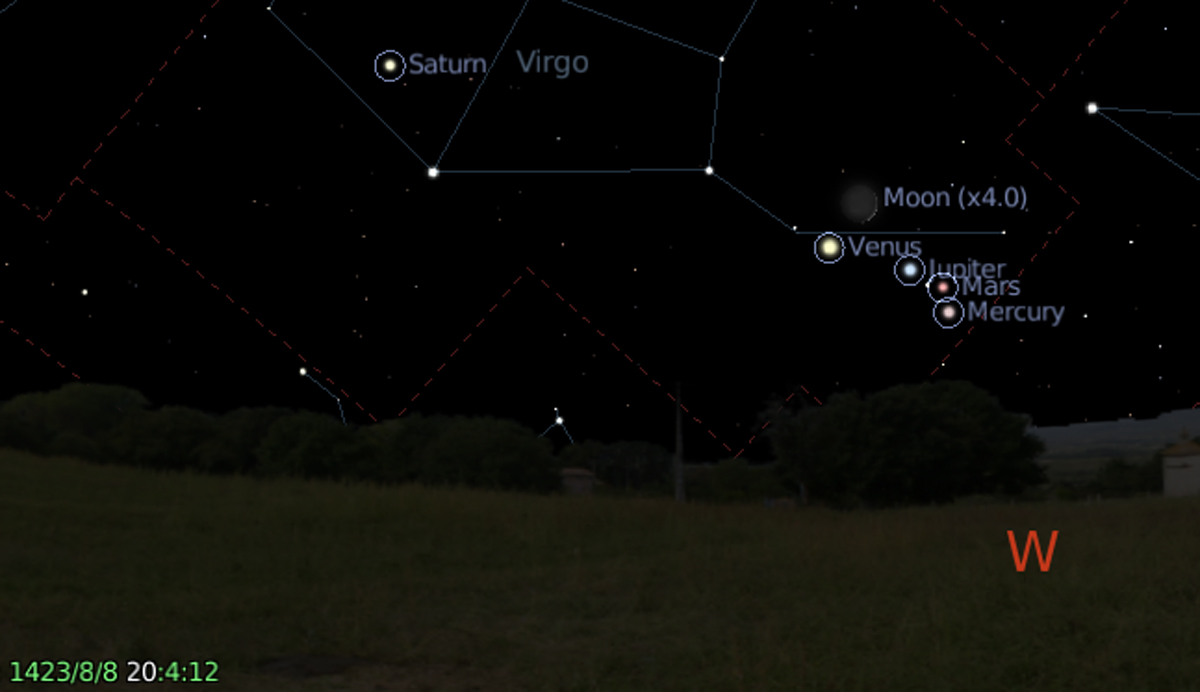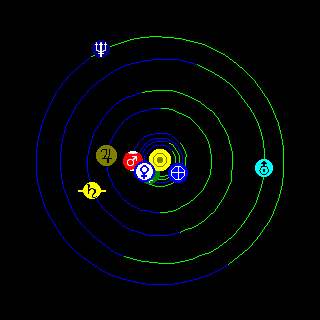 PCR R&B
PCR R&B
If I’m not careful I’m going to become the repository for YouTube Science Song Sensations …
PCR:
 Rockets Bursting in Air
Rockets Bursting in Air
Why do I keep hearing news about rockets exploding, crashing, and generally not doing what is hoped for? I’m glad I’m not a rocket scientist right now.
Here’s the rundown of what I’ve seen:
August, 22, 2008
NASA tried to launch a couple hypersonic suborbital experiments. It didn’t go so well.
August 19, 2008
NASA tried out their new parachutes for the Orion crew vehicle (the one that will be going to the Moon soon). Um. Watch eighteen-million parachutes not deploy in this hilarious video. From what I can tell from the press release, the first parachute failed, and everything depended on that. The following parachutes failed because the lander wasn’t at the correct speed or in the correct position.
August 18, 2008
There’s no video of the Ares 1 tests that I can find, so here’s an old test (2006) instead.
And then there’s NASA’s Ares 1 Engine Tests. While not a failure, they’ve got some issues left to work out. Basically, due to the design, the rocket vibrates so much that people on board the Orion Crew Vehicle would probably not survive. They’re going to install shocks, and they’ve got years to figure this out.
August 2, 2008
SpaceX (a private commercial space company) tried to launch their Falcon 1 rocket for the third time. Basically the second stage doesn’t blast off enough faster than the first stage rocket was already going, so the stages do not separate. This is bad. This causes an explosion.
Launch takes place 4 minutes into the video.
July 28, 2008
The one thing that seems to be running as planned is Virgin Galactic‘s SpaceShip Two. On July 28 they unveiled the carrier for SpaceShip Two: White Knight Two. It’s named EVE.
I’m glad we are in the testing phase. In fact, I’m glad we HAVE a testing phase.
No people or animals were harmed in the making of this post.
 Mars Hoax, Again Again and Again
Mars Hoax, Again Again and Again
Edited to add: The 2009 Edition of this post is up!
Phil reminded me, the Mars Hoax is coming around again.
For those of you who are connected to the astronomy education world, it’s that time of year: the “Mars will be as big as the Moon” e-mail is going around again. The short answer is “Nope.”
The Beginning:
Mars and Earth regularly pass “close” to each other, but not that close. Astronomers get excited because we’re at “closest approach” or “opposition,” so our ground-based telescopes have a better view of Mars. Will you see a difference without a telescope? Not really, Mars may be a little brighter or a little redder, but it will still look, to your eyes, just like a star.
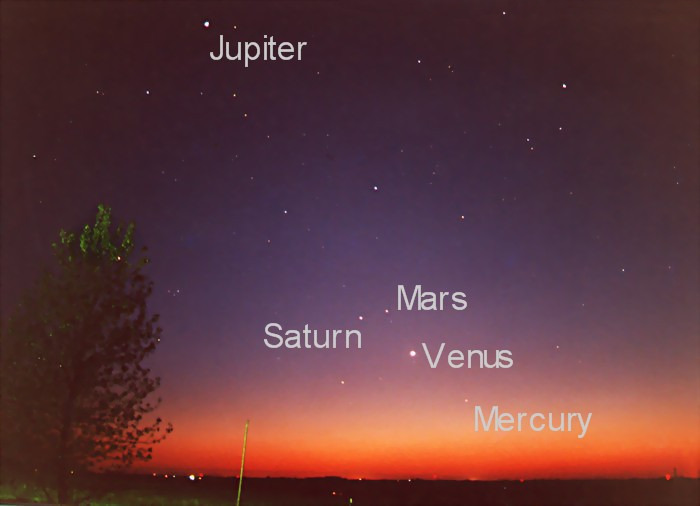
Credit: Dan Bush
Caption: This is what planets look like to the naked eye.
This e-mail hoax started in August 2003, when Mars was actually very close, astronomically speaking. It was a mere 35 MILLION MILES AWAY. Since then, the e-mail has been going around every August, with the date slightly changed.
The Truth:
In 2007 Mars was at opposition in December, not August, and it will still be 55 million miles away. The next one after that is in January of 2009 2010. So, you’ve got a while to wait.
Here is what some scientists are saying:
Dec 18, 2007- Closest approach of Mars and Earth (0.589 AU = 88.42 million km). Apparent diameter of Mars is 15.88″ (seconds of arc). The apparent diameter of the Moon is about 1/2 degree which is 1,800″ (seconds of arc). So, will Mars look as big as the Moon? Not even close. [1 degree = 60 arcminutes – 3,600 arcsec]
-Alan Gould, UC Berkeley
The Moon and Mars could not look alike in the sky, BUT an astronomer might say that that through a telescope at 100X, Mars _through a telescope_ might look almost as big (1,588″) as the Moon to the unaided eye (1,800″). Perhaps the part of the comparison about looking through a telescope was lost, and media types looking for a hype to hang a story on ran with it. That’s the only explanation I can give about the recurring story about Mars being as big in the sky as the Moon. This story reappears at almost every opposition of Mars, especially the really close ones.
– Steve Berr
Let Them Down Easy:
So what do you say to someone who is excited? Cover each of these topics:
- Validate the excitement
- Point out something related that will be cool
- Correct the misconception
- Invite them to view/look up something real
For example:
“So did you hear about Mars being as big as the Moon?”
“Yes! I agree, that would be awesome. You know, October 2009 through April of 2010 is really going to be the best time to view Mars though, maybe we could take out a telescope together? Unfortunately, it’s still really far away, so it won’t ever look as big as the Moon. Also, if you want to see something cool sooner, let’s go out and see the Andromeda Galaxy or Jupiter this month!”
Want More?
http://www.badastronomy.com/bad/news/marsattacks2005.html
http://en.wikipedia.org/wiki/Apollo_moon_landing_hoax_accusations
http://www.snopes.com/science/mars.asp
 Do You Write About Astronomy?
Do You Write About Astronomy?
If you write about astronomy (or something similar) contact Pamela Gay, she’s doing some hard work for the International Year of Astronomy.
From Pamela:
Here is my need: If you are a content provider, can you please email me at pamela@starstryder.com with the following informing:
Site Name, Site URL, RSS URL, Byline, Tagline, if your site is clean/explicit/somewhere inbetween, and information on what type of feed it is (Blog, images, twitter, video, etc). For office purposes only (where the office is the IAU IYA Secretariat), we also need to know who the correct contact person is, and what their email address is.
And here is my request: If you are a content provider, can you please put out a request on your feeds, your Facebook, and your twitter, to help me find the hidden content providers – the grad students telling their stories of the stars and the research scientists silently slaving over their blogs – so that I can help get their voices heard in the Portal to the Universe.
I’m writing to her right now.
 Planetary Alignment
Planetary Alignment
Question:
“I’m interested in the stars and planets. One thing I always wondered about is if the planets in the solar system ever totally align with each other, so I mean not just a few planets but ALL of them. If this happens, how often does it occur? And is there a name for it? Thank you.”
Note:
This question comes up every once in a while. Partially it’s due to random doomsayers, and partially it’s due to Lara Croft: Tomb Raider, in which there is a planetary alignment causing widespread … actually, I don’t know what it causes, I haven’t seen the movie.
Answer to “Does this happen? How often?”:
This is a difficult question to answer. First off, as an astronomer I have to point out that the planets aren’t all in exactly the same plane. If one of these alignments occured, when you looked down on the solar system from above you would see the planets in a line, if you looked from the side at the same time, some would be a little higher, and some would be a little lower.
Everything I’m reading is pointing to the fact that even that sort-of alignment probably won’t happen. On May 5, 2000, the Earth, Sun, Mercury, Venus, Mars, Jupiter, and Saturn were close to a line, but it wasn’t perfect. Check out this simulator, you’ll have to type in 2000-05-05 in the date field.
Phil Plait over at Bad Astronomy says this: “As it turns out, planetary alignments are fairly rare. Getting more than three lined up is difficult; getting them all lined up is rare indeed. But 5 billion years [the length of time the solar system has been around] is a long time! Alignments may be rare, but given enough time they do occur, and the Earth is still here. Even more, what most doomsayers say is an alignment is really more of a confluence, or loose gathering, of planets.”
You’d think that with the planets going around the Sun for 5-10 billion years we’d get a perfect alignment at least once, but it looks like the math just doesn’t work out.
Answer to “What is it called?”:
The article from almanac.com calls this a “great conjunction,” which is a pretty good word. Conjunction just means that from our point of view the planets end up close to each other in the sky.
Phil Plait would call these things “confluences,” since they’re not a perfect line.
The other word I can think of to describe this is “syzygy” which refers to the alignment of at least 3 celestial bodies. It doesn’t really apply though to the 5/5/2000 conjunction, because the planets aren’t in a straight line. So, save up the word and use it next time you play Scrabble.
Update 2/22/2009:
Amazingly, this is one of my most popular posts of all time. I’ve also gotten several questions recently about the “upcoming” planetary alignment. Hmm. I don’t know exactly which one y’all are interested in, but a quick web search turned up March 26th, 2009 as something the astroLOGERS seem to be interested in. Here’s what that alignment looks like according to the simulator I linked to above:
In case you can’t tell – Earth is an icon underlying Venus in this picture. Doesn’t mean the Earth is under Venus – it means the icons in this picture are too big. Looks like the big deal is the Earth, Venus, Sun, Mercury “line.” Good luck all – you’re not going to be able to see a thing for this one – the blasted Sun is in the way! :)
Where’d I Get My Info?
Planetary Orbit Simulator
Tomb Raider’s Science is Wrong
Phil Plait’s Article
Nothing Special Will Happen on 5/5/2000
Syzygy
Update: 6/26/2009
P.S. Here is the “alignment” of the planets on 12/12/2012:

Here’s what that looks like in Stellarium – at noon on 12/12/2012
That looks pretty lined up – but don’t forget – the line those planets (and the Sun and Moon) are all aligned on? It’s the ecliptic. The Sun, Moon, and planets are all ALWAYS lined up along that line somewhere. Always. Even right now. Go turn on your Stellarium, turn on the ecliptic, and set it for today, right now. You’ll find every planet on that line. And the world isn’t ending. Hmm. And you won’t see it – this is during the day.
Update: 7/7/2009
Charity asked about the conjunction on 8/8/1423. Here’s what it looks like:
 Mars Has Water – Yes, Again
Mars Has Water – Yes, Again
Yup. Phoenix found water. For sure. Yup.
A complete table of the multiplicitous discoveries of water on Mars: my post from 2006.
The cool thing about this discovery, as compared to all the rest? We’ve actually picked up and touched this water. We are absolutely certain that it’s water. Very awesome, but not new news.
 ALICE looks at collisions of lead ions
ALICE looks at collisions of lead ions
I’m long overdue for a post on my new agreement with (or is that understanding of?) the theory of dark matter. I promise I’ll work on it, but till then, here’s a hilarious music video of a new rap song about Cern’s new LHC (Large Hadron Collider)
The beginning is great, then you may start to feel like it’s dragging, but if you last through the first 3 minutes or so, you’ll get an pretty cool explanation of this “Higgs” that everyone is talking about.
Found it on BoingBoing.
Did you like that? Here’s more from AlpineKat.



